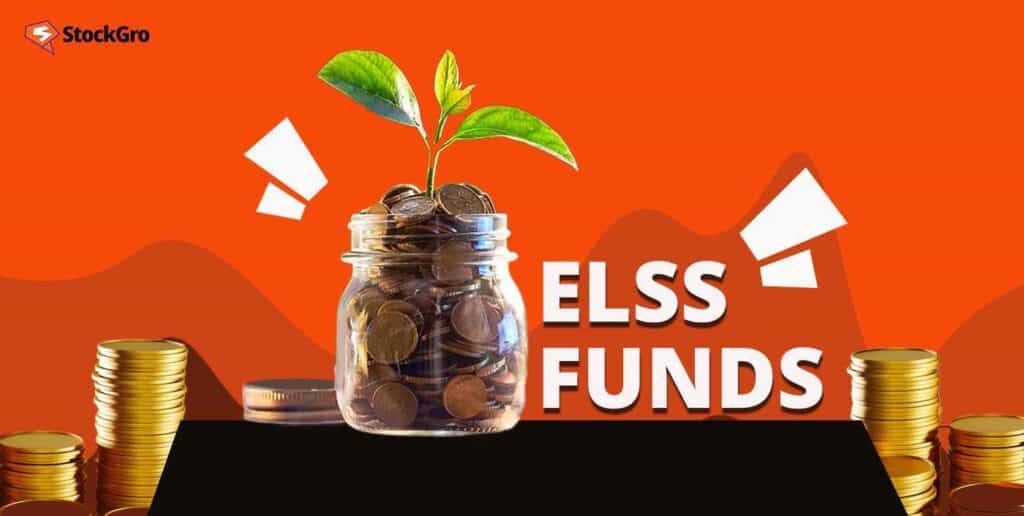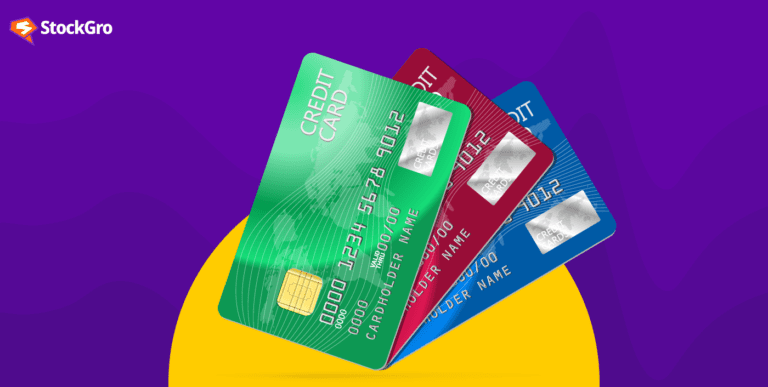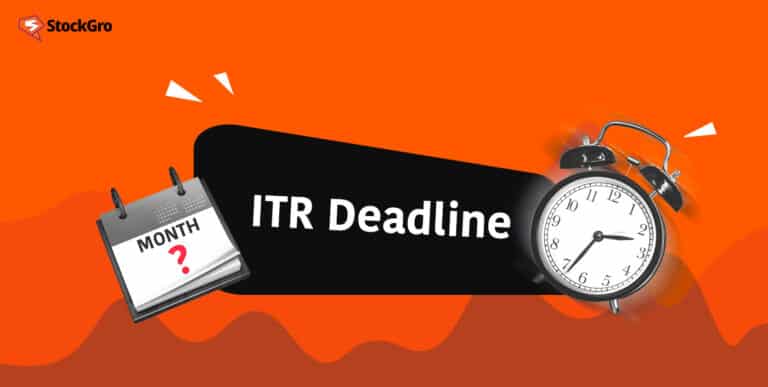
After Budget 2023 made the new tax regime a default option, understanding ELSS (one of the best tax-saving schemes) is more important than ever before. But before you read further, know that this benefit can only be availed under the old tax regime!
This is great news because, if you are salaried, you can switch to the old tax regime at the beginning of the year. Now, let’s delve into the world of ELSS funds.
What is an ELSS fund?
ELSS stands for Equity Linked Savings Scheme, which is a fancy way of saying that these funds invest most of their money in stocks and securities.
So, what exactly is an ELSS fund? Well, it’s an investment scheme where most of the money (about 65%) is invested in shares, and the rest is in fixed-income securities. What’s interesting about ELSS funds is that they come with a short lock-in period of three years, so you can quickly cash in on your investment.
And the best part about ELSS funds is that they are tax-saving equity mutual funds. By investing in them, you can claim a tax rebate of up to Rs 1,50,000 and reduce your taxable income under Section 80C of the Income Tax Act. That means you can keep more of your hard-earned money in your pocket!
Benefits of investing in ELSS mutual funds
There are many advantages to investing in ELSS mutual funds. Here are just a few:
High Returns
ELSS has the potential to deliver exponential returns in the long run. Being an equity scheme, it offers significantly higher returns when compared to traditional tax-saving instruments.
Moreover, it has the lowest lock-in period of three years amongst all other tax-saving avenues.
Tax Exemption
As mentioned earlier, ELSS allows you to save taxes. Investment up to ₹1.5 lakhs in these schemes is eligible for tax exemption. By investing in ELSS, you can save up to ₹46,800 in taxes per year.
No upper capping on investment amount, while the minimum investable amount varies across fund houses
Diversification
ELSS’s investment portfolio consists of a balanced allocation to asset classes, such as equity and debt securities.
Additionally, it diversifies within the equity category, allocating assets to large-cap, mid-cap, and small-cap equity stocks. This helps to mitigate market risks and effectively diversify your overall investment portfolio.
Risks of investing in ELSS mutual funds
Like all investments, ELSS mutual funds come with risks. Here are a few things to keep in mind:
Market Volatility
The performance of ELSS mutual funds is directly linked to the stock market’s performance, which can be volatile and unpredictable. A sudden downturn in the market can cause the value of your investment to drop significantly.
Liquidity Risk
ELSS mutual funds have a three-year lock-in period, which means you cannot access your funds during this time. This can be a disadvantage if you need the money for an emergency or any other reason.
Management Risk
The performance of ELSS mutual funds also depends on the fund manager’s ability to pick winning stocks and manage the portfolio effectively. A change in fund management can significantly impact the fund’s performance.
You may also like: Understanding credit cards: What are they, and how do they work?
Factors to consider before investing in ELSS fund
Investing in ELSS mutual funds can be a great way to save on taxes while investing in the stock market. However, before jumping in, there are a few factors that you should consider:
Recommended Investment Horizon
ELSS funds have a short lock-in period of three years, making them an attractive investment option for young investors. However, it would be best to avoid keeping a short-term investment horizon with ELSS funds, as equity investments typically take around 5-7 years to stabilise.
Fund Returns
Before investing in a fund, compare its performance with its competitors and benchmark to know if it has beaten them consistently in the past. It would be best to choose funds with a track record of appearing in the top quartiles for extended periods.
Note: Even if the fund has a history of performing well, past performance does not guarantee future returns.
Expense Ratio
The expense ratio depicts how much of your investment goes towards managing the fund. It would be best to go for funds with lower expense ratios as they can result in higher take-home returns.
Fund Manager
The fund manager plays a crucial role in managing your funds. They should be competent and experienced in picking the right stocks and creating a strong portfolio.
Why are ELSS funds the best tax-saving option?
Now that we have chosen the tax regime for FY 2023-24, it’s also time to consider the deductions and tax benefits of certain investments. Tax-saving investments are a great way to save money and plan for your future.
That’s where Equity Linked Savings Scheme (ELSS) mutual funds come in. ELSS mutual funds have the potential to offer the highest returns among all 80C options like FDs, PPF, and NSC.
On the other hand, ELSS stands out with a lock-in period of just three years and has the potential to offer returns ranging from 15% to 18%. That’s higher than any other tax-saving investment option! Plus, equity-linked schemes’ post-tax returns are higher than any other option.
Now that you know why ELSS is the best tax-saving option, let’s compare it with other popular ones.
| Investment | Returns | Lock-in Period | Tax on Returns |
| 5-Year Bank Fixed Deposit | 4% to 6% | 5 years | Yes |
| Public Provident Fund (PPF) | 7% to 8% | 15 years | No |
| National Savings Certificate | 7% to 8% | 5 years | Yes |
| National Pension System (NPS) | 8% to 10% | Till Retirement | Partially Taxable |
| ELSS Funds | 15% to 18% | 3 years | Partially Taxable |
As you can see, ELSS mutual funds have the shortest lock-in period and the highest potential returns. NPS may offer slightly higher returns, but it comes with a longer lock-in period and partial taxation of returns. Plus, the post-tax returns of ELSS are more attractive than any other option.
What’s the best mode for investing in ELSS mutual funds?
If you’re looking to invest in ELSS mutual funds to save taxes, it’s important to understand whether SIP or lump sum investments are better suited for you. Here’s a rundown of the pros and cons of each approach:
SIP: A safer option for risk-averse investors
- You get the opportunity to invest in a fund across business cycles, which helps you purchase fund units across market cycles.
- When the markets are down, you buy more units and fewer units when the markets are bullish. This helps in averaging out the price of fund units over time.
Lump sum: A higher risk, higher reward approach
- Lump sum investments can be risky, primarily if you invest at a time when the market is high. You miss out on the opportunity to purchase fund units across business cycles, which requires you to stay invested for longer than 5-7 years to realise good gains.
- A lump sum is only advisable if a bearish trend grips the markets and you are willing to take higher risk levels and have a longer investment horizon.
Benefits of starting a SIP early
If you’re looking to invest in ELSS funds, starting early is important. Delaying your investment until the end of the year can pose several problems, such as:
- You might not have enough money to invest in a lump sum at the end of the year.
- The net asset value (NAV) could be artificially inflated due to herd mentality investing during that period.
How to invest in ELSS funds?
When investing in ELSS funds, you have three options to choose from:
Growth option:
In this option, you won’t receive dividends. Instead, you’ll get all your gains at the time of redemption. This approach can be beneficial if you’re looking for long-term growth, but it’s subject to market risk.
Dividend option:
With this option, you’ll receive periodic dividends. However, keep in mind that these dividends are taxable according to your tax slab. Moreover, dividends over Rs 5,000 are subject to a TDS of 10%.
Dividend reinvestment option:
This option allows you to reinvest your dividends to increase your NAV. This can be especially beneficial when the market is up and likely to continue rising.
So, here it is, a guide to ELSS. Now, be a wise investor and use this great investment tool to get the best of both worlds!

